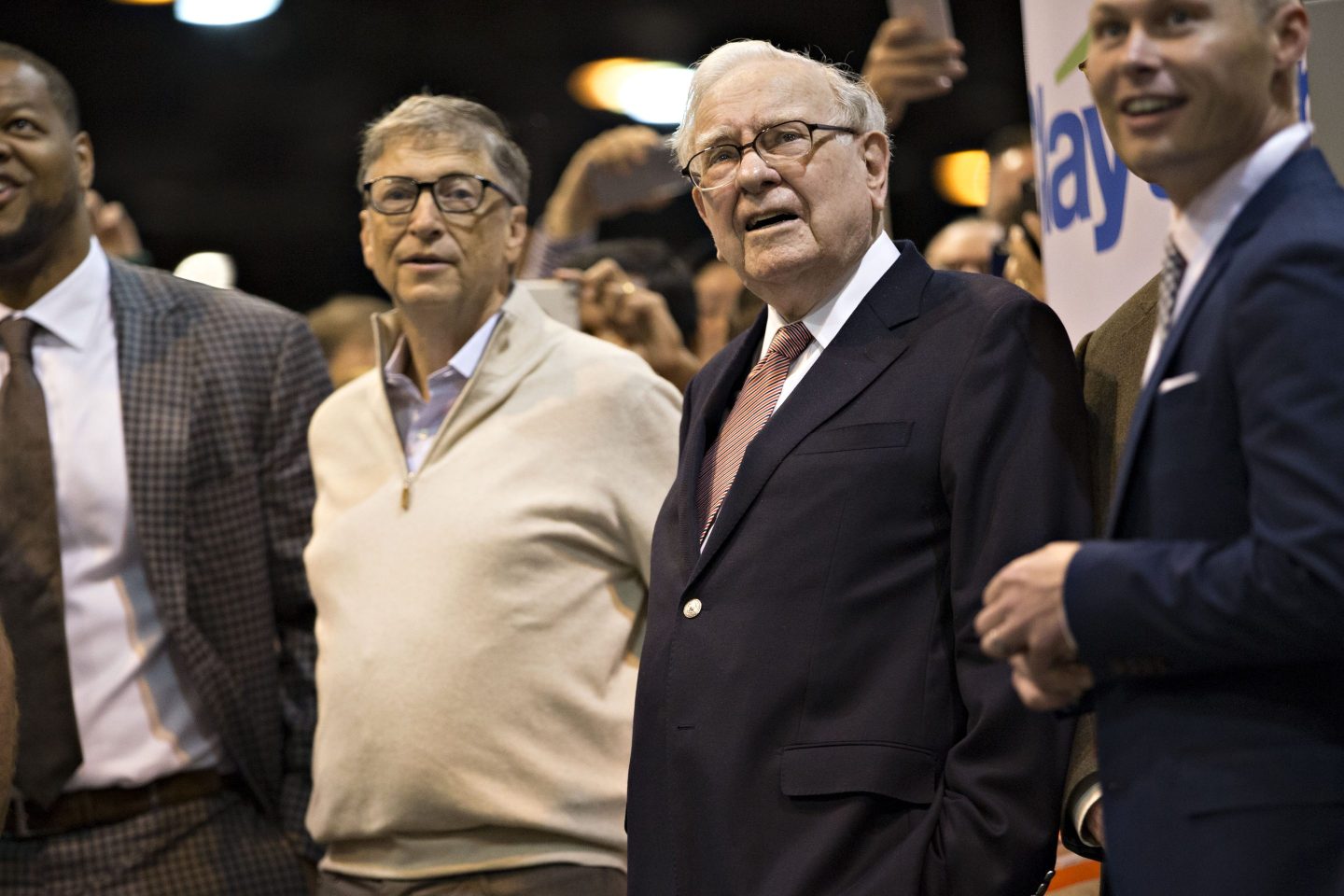You may not realize it yet, but the battle lines for future generations’ college education are being drawn right now. On the one side, the old school is defending the traditional college experience — and all the costs associated with it. The new school is convinced that technology will transform learning: increasing productivity and making higher ed more accessible, all while maintaining, or even improving, the quality of the educational experience.
The universities’ Achilles’ heel? Ever-increasing costs. Tuition, fees, room, and board exceed $55,000 a year at Ivy League schools like Harvard and Yale, and top $20,000 annually even at state schools like Indiana and Ohio State. That pricey cost of admission puts a traditional college degree — and the access it gives to the American dream — nearly out of reach for all but the privileged few. Enter the disrupters, like Udacity and Coursera. These for-profit startups offer online courses taught by some of the top professors in the world for free or at low cost, but for now at least, these programs aren’t designed as substitutes for an undergraduate degree. They simply complement a conventional undergrad experience or offer additional training for postgraduates.
Then there are the generals in this war who are hoping to turn higher education on its head. Bob Kerrey, a former governor and senator from Nebraska, used to operate within the legions of the old school as the president of the New School, a not-so-new university. (It was in founded in 1919.) Kerrey went AWOL from conventional academia and today serves as executive chairman for the research and scholarship arm of the Minerva Project, which promises an Ivy League-quality education at less than half the price. Minerva Schools will offer online courses. But unlike the others, Minerva will limit class size to 20 students or fewer to guarantee personal attention and a true connection between the students and professors. Another distinction: Minerva’s students will live in dorms, which will be clustered in cities around the globe. Minerva’s goals are to show students how to be citizens of the world and to teach them leadership skills.
Because Minerva is new — its first class is likely to matriculate this fall — it doesn’t carry the legacy costs of a storied, historic campus. “The actual costs for producing high-quality education is probably pennies on the dollar vs. what the major incumbents are spending,” Kerrey says.
Part of those savings come from the online classes, especially for first-year courses that typically take the form of lectures. Few if any students sitting in a lecture hall with 500 others get personal attention from the professor. So, the theory goes, those courses might as well be taught to thousands of students at a time by the very best professors from around the globe. Voilà: Minerva doesn’t have to lease or own as much classroom space, and if it can archive its best lectures and courses, the school’s labor costs go down.
Still, those of us who went to a traditional school may have a hard time sending our children to a different type of unproven program. And that’s what the traditional players are counting on. “There’s something magic that happens when you bring a few thousand students together with faculty, and we think there’s still going to be a place for that,” says John DeGioia, president of Georgetown University, which costs about $58,000 a year.
That’s why the Minerva experiment is so compelling. It tries to marry technology with the intimacy and on-campus experiences that so many of us fondly recall as the best parts of our college years. If my 2-year-old son were applying to school today, I’d probably try to steer him toward a known quantity like Georgetown. But if Kerrey and other trailblazers succeed (and if Georgetown’s price tag keeps going up), in a few years I may be ready to sign my son up for the Minerva class of 2033.
Becky Quick is an anchor on CNBC’s Squawk Box.
This story is from the February 3, 2014 issue of Fortune.












